1. 概述
定义和性质
二叉树是n个有限元素(结点,nodes)的集合,该集合要么为空,要么由一个根元素**(root)**及两个不相交的左,右子树(同为二叉树)组成,是有序树.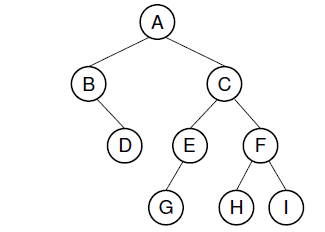
- 高度&深度
每个二叉树有以下属性
- 满&完全
根据二叉树形态可以分为
- 结构性开销
有关定理
2. 遍历
根据树/子树根结点被访问的顺序可以分为三种二叉树遍历方法:以图中二叉树为例,三种对应遍历序列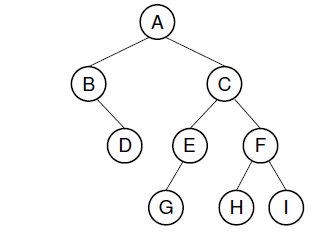
:::info 讨论已知前/中/后序遍历结果中的几个可确定唯一二叉树
- 已知(前+中)或(后+中):可确定唯一二叉树,因为可确定根结点与子树
- 已知(前+后):不可确定唯一二叉树
:::
3. 数组实现CBT
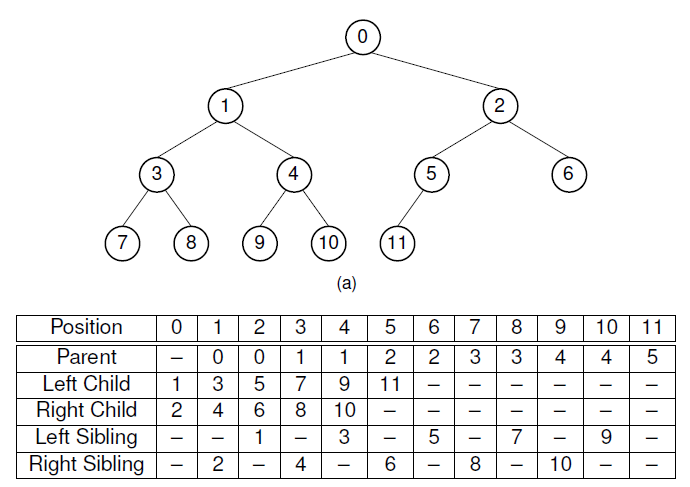
4. 二叉检索树(BST)
对任意一个结点,其左子树任意结点值都<k,右子树任意结点值≥k
| 当我们要检索一个值k,从根结点开始
- root值=k,检索jies
- root值>k,进入左子树检索
- root值
- 37>32进入左子树
- 24<32进入右子树
- 32=32检索成功
| **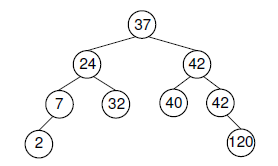 |
| —- | :—-: |
|
| —- | :—-: |
实现
方法详解
- findhelp
检索,对比当前结点key和检索值k,再深入左右子树
时间开销:Θ(log**2n)~Θ(**n),取决于平衡性(左右子树规模)
private E findhelp(BSTNode<Key, E> rt, Key k){if (rt == null)return null;if (rt.key().compareTo(k) > 0)return findhelp(rt.left(), k);else if (rt.key().compareTo(k) == 0)return rt.element();elsereturn findhelp(rt.right(), k);}
- inserthelp
插入新结点,类似检索过程,找到合适的位置后插入为新的叶结点
时间开销:Θ(log**2n)~Θ(**n),取决于平衡性
private BSTNode<Key, E> inserthelp(BSTNode<Key, E> rt, Key k, E e){if (rt == null)return new BSTNode<Key, E>(k, e);if (rt.key().compareTo(k) > 0)rt.setLeft(inserthelp(rt.left(), k, e));elsert.setRight(inserthelp(rt.right(), k, e));return rt;}
- deletemin/getmin
删除/获取当前树中最小的key,即一路沿左侧枝杈找到末端叶结点
private BSTNode<Key, E> deletemin(BSTNode<Key, E> rt){if (rt.left() == null)return rt.right();rt.setLeft(deletemin(rt.left()));return rt;}private BSTNode<Key, E> getmin(BSTNode<Key, E> rt){if (rt.left() == null)return rt;return getmin(rt.left());}
- removehelp
删除指定的X结点,分情况(见下图):
- X只有LC,则:X.LC变成X.parent的LC
- X只有RC,则:X.RC变成X.parent的RC
- X兼具LC,RC,则:X右子树最小值变成X.parent
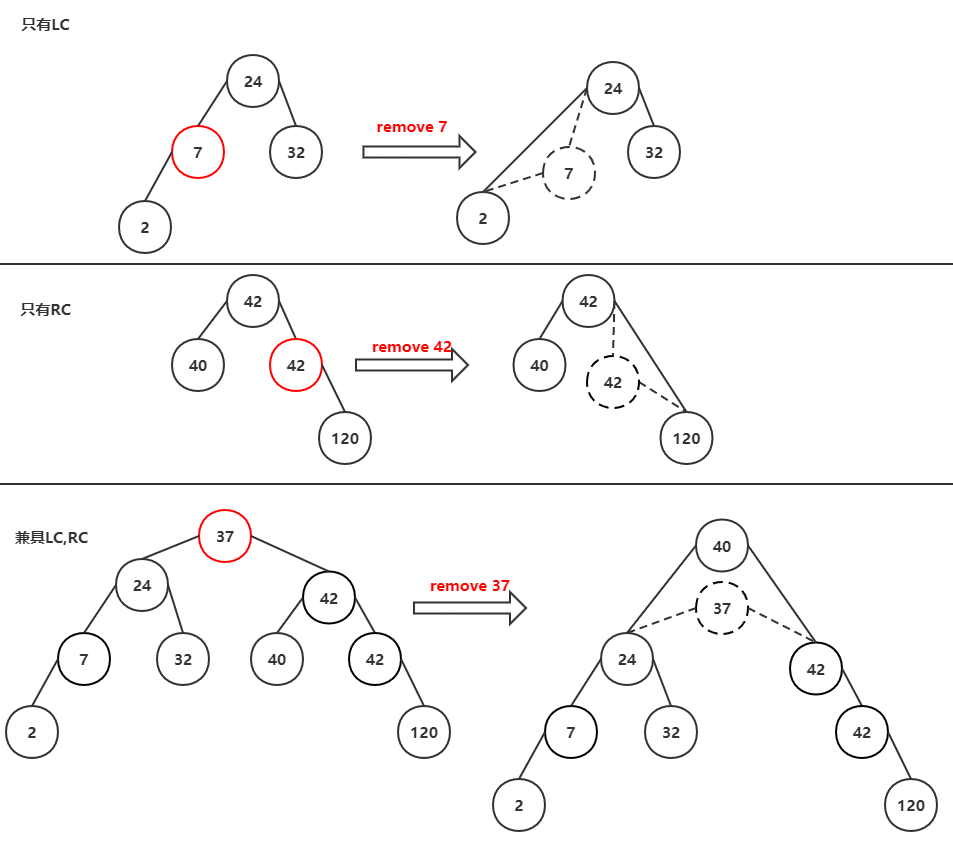
private BSTNode<Key, E> removehelp(BSTNode<Key, E> rt, Key k){if (rt == null)return null;if (rt.key().compareTo(k) > 0)rt.setLeft(removehelp(rt.left(), k));else if (rt.key().compareTo(k) < 0)rt.setRight(removehelp(rt.right(), k));else{ // Found itif (rt.left() == null)return rt.right();else if (rt.right() == null)return rt.left();else{ // Two childrenBSTNode<Key, E> temp = getmin(rt.right());rt.setElement(temp.element());rt.setKey(temp.key());rt.setRight(deletemin(rt.right()));}}return rt;}
- printhelp
实现前中后序遍历结果打印,以下为中序遍历结果打印,调整语句顺序可改变打印顺序(*BST**中序遍历结果即从小到大排序)
时间开销:**Θ(**n),需要遍历n个结点
private void printhelp(BSTNode<Key,E> rt){if (rt == null) return;printhelp(rt.left());printVisit(rt.element());printhelp(rt.right());}
5. 堆(heap)
堆是由数组实现的完全二叉树,同时必须是部分有序的(partially ordered),并由此分为
给定任意长度n的原始数组,从下到上建立最大堆:
从下到上**建堆可以忽略最后一层的叶结点,可确定堆倒数第二层开始的下标,从右到左依次siftdown,下沉到合适位置,然后是倒数第三层…最终到顶层元素下沉,执行完毕可得到一个最大堆
时间开销:Θ(**n)
public void buildheap(){for (int i = n / 2 - 1; i >= 0; i--)siftdown(i);}
- siftdown
下沉Heap[pos]到堆合适的位置
给定pos,**找出其两个子结点中较大的**;对比Heap[pos]和Heap[j],大的作为父结点
时间开销:Θ(log**2**n)
/** Put element in its correct place */private void siftdown(int pos){assert(pos >= 0) && (pos < n) : "Illegal heap position";while (!isLeaf(pos)){int j = leftchild(pos);if ((j < (n - 1)) && (Heap[j].compareTo(Heap[j + 1]) < 0))j++; // j is now index of child with greater valueif (Heap[pos].compareTo(Heap[j]) >= 0)return;DSutil.swap(Heap, pos, j);pos = j; // Move down}}
:::info
举例:建堆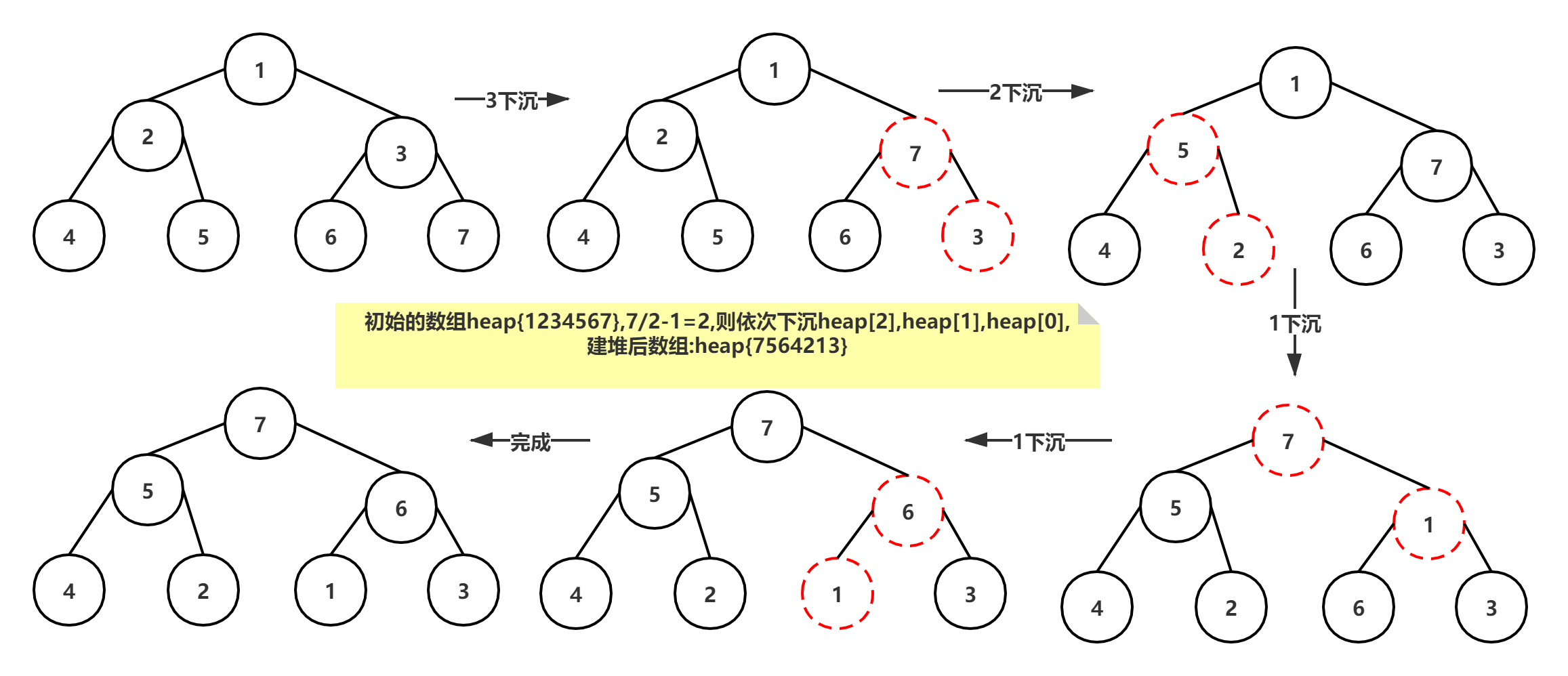 :::
:::
- insert
插入新元素进堆
首先插入数组末端,然后与parent的值对比,上浮到合适位置
时间开销:Θ(log**2**n)
/** Insert val into heap */public void insert(E val){assert n < size : "Heap is full";int curr = n++;Heap[curr] = val; // Start at end of heap// Now sift up until curr’s parent’s key > curr’s keywhile ((curr != 0) &&(Heap[curr].compareTo(Heap[parent(curr)]) > 0)){DSutil.swap(Heap, curr, parent(curr));curr = parent(curr);}}
- removemax
移除堆顶(最大值)
实现时只需要交换堆顶/首元素和数组末尾元素,**同时—n,避免换到末尾的元素被访问,之后新堆顶重新下沉
时间开销:Θ(log2n)**
public E removemax(){assert n > 0 : "Removing from empty heap";DSutil.swap(Heap, 0, --n); // Swap maximum with last valueif (n != 0) // Not on last elementsiftdown(0); // Put new heap root val in correct placereturn Heap[n];}/** Remove and return element at specified position */
- remove
移除指定位置元素
实现时只需要交换Heap[pos]元素和数组末尾元素**,同时—n,避免换到末尾的元素被访问,**Heap[pos]处新元素先上浮,再下沉
时间开销:Θ(log**2**n)
public E remove(int pos){assert(pos >= 0) && (pos < n) : "Illegal heap position";if (pos == (n - 1))n--; // Last element, no work to be doneelse{DSutil.swap(Heap, pos, --n); // Swap with last value// If we just swapped in a big value, push it upwhile ((pos > 0) &&(Heap[pos].compareTo(Heap[parent(pos)]) > 0)){DSutil.swap(Heap, pos, parent(pos));pos = parent(pos);}if (n != 0)siftdown(pos); // If it is little, push down}return Heap[n];}
:::info
- 逻辑上建成的偏序Heap和数组元素的排序无直接关系,最大堆不代表数组从大到小排列
- 对最大堆不断执行remove()后返回的所有元素依次排列为数组元素从大到小顺序 :::
6. 哈夫曼树(Huffman Tree)
给定文本,可以确定其中每个字母出现的频度,将频度作为权值,以这些”权值+字符”作为二叉树的叶子结点,构造一棵二叉树.每个叶子结点对应一个加权路径长度(WPL):,若该树的加权路径长度达到最小**,**称这样的二叉树为最优二叉树,也称为哈夫曼树(Huffman Tree),由定义知权值较大的结点离根较近,权值低的结点离根远.
:::danger
建树过程:不断执行建立最小堆过程,每次结束后执行两次removemin(),取出权重最小两树,合并,然后重新insert()入堆,再次取出权重最小两树…直到堆中只剩一个元素,即为哈夫曼树
:::
:::info
应用:为哈夫曼树的枝杈标记01后即可把字符转换为二进制编码,则高频字符编码短,低频字符编码长,这样可以节省文本存储空间
例题:已知文本中字符和频度: ,建立哈夫曼树并求所有字符的哈夫曼编码与每个字符预期存储长度
,建立哈夫曼树并求所有字符的哈夫曼编码与每个字符预期存储长度
:::
**

